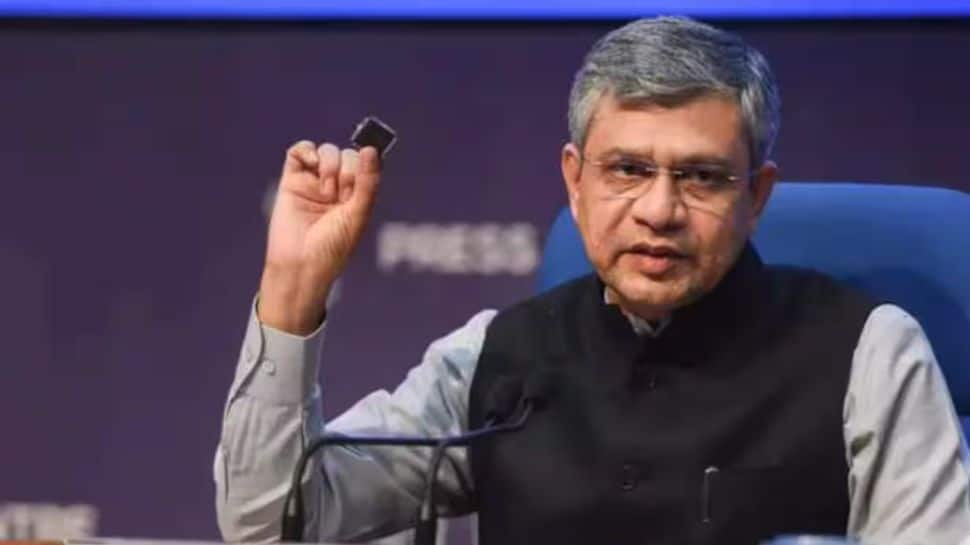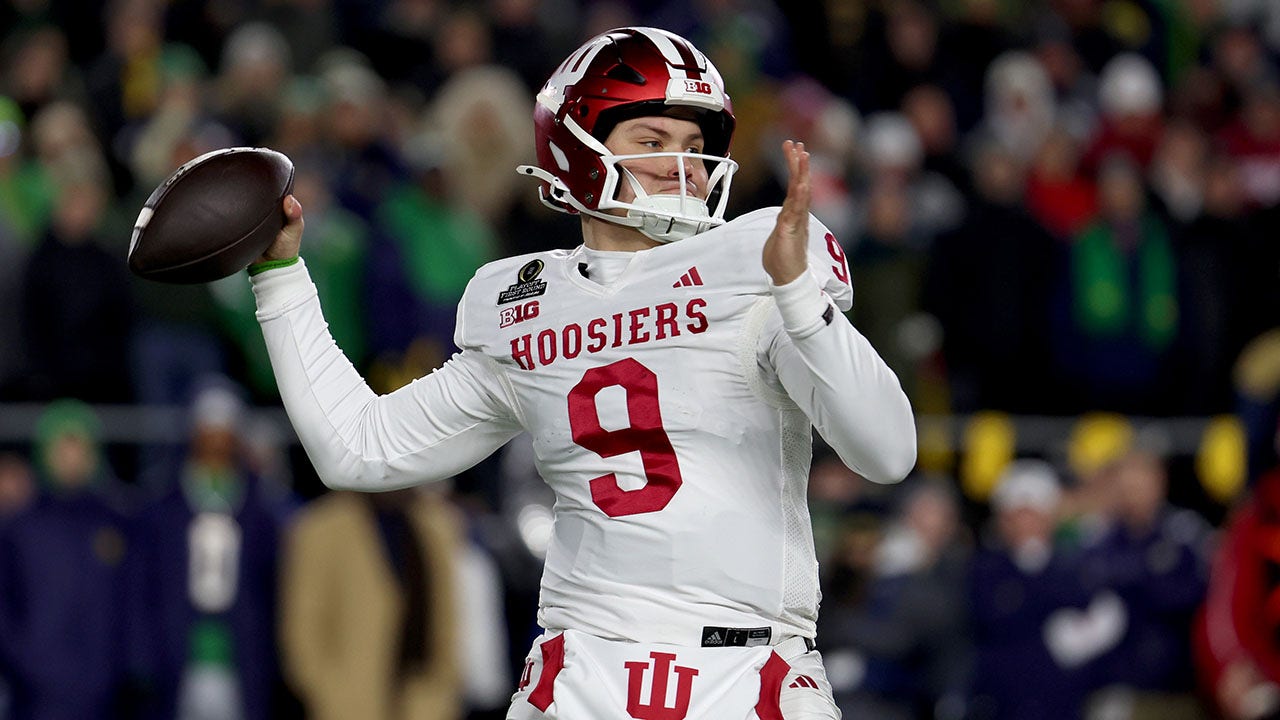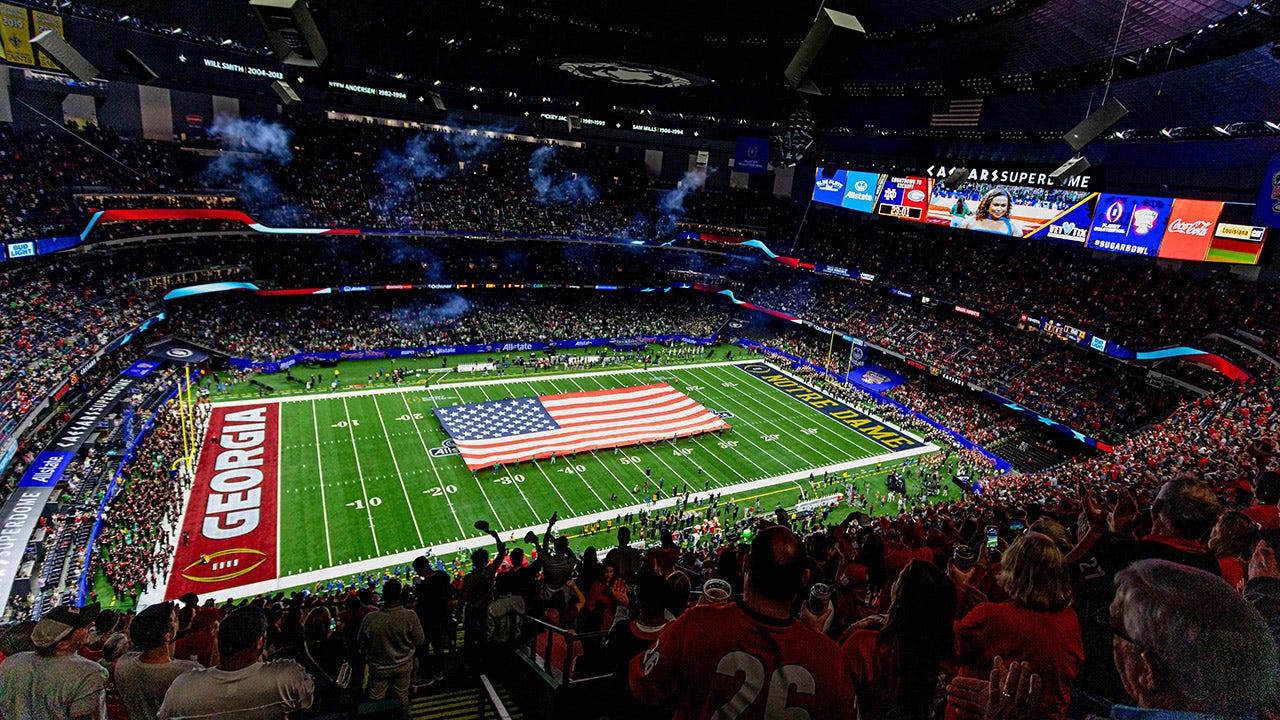“Debt limit negotiations are an opportunity to examine our nation’s finances,” McCarthy said, later adding: “Defaulting on our debt is not an option, but neither is a future of higher taxes, higher interest rates, more dependency on China and an economy that doesn’t work for working Americans.”
But McCarthy’s speech belied the risks in the GOP’s political gambit, which threatens to sink the stock market, thrust millions of Americans from their jobs and jolt the global financial system. The stakes seemed only more glaring given McCarthy’s choice to deliver his remarks in the beating heart of Wall Street, where markets tumbled dramatically when Republicans in 2011 last tried to use the debt ceiling as political leverage.
On Monday, investors seemed largely unfazed, though major stock indexes were all down slightly around midday. McCarthy, meanwhile, called on Wall Street traders to apply new political pressure on the White House.
“If you agree, don’t sit back — join us. Join us in demanding a reasonable negotiation, a responsible debt ceiling, an agreement that brings spending under control,” McCarthy said.
The White House has refused to shift its position out of a belief that the country’s credit is not negotiable — and Republicans themselves have splintered at times over how to approach the fight. The GOP has yet to release a budget, and House Republican leaders say they’re still weeks away from finalizing legislation detailing their specific demands in debt negotiations.
The standoff has raised the stakes for McCarthy, since the consequences of inaction — the first-ever government default — could devastate an economy already teetering on the precipice of recession.
“It will be financial chaos,” predicted Mark Zandi, the chief economist at Moody’s Analytics, when asked about a potential brush with default. “Our fiscal problems will be meaningfully worse. … Our geopolitical standing in the world will be undermined.”
At issue is the U.S. government’s credit: Washington must borrow money to pay for expenses that both parties have incurred, but it can only do so up to the maximum allowed by federal law. Lawmakers periodically must suspend or raise that threshold or the government cannot cover its costs, possibly including interest payments on bonds, triggering a default.
The United States technically reached the debt limit — now set at roughly $31 trillion — earlier this year. That prompted the Biden administration to begin taking special budgetary measures in January so it could continue borrowing. But those moves are temporary solutions meant to buy extra time on Capitol Hill, where lawmakers may have as little as seven weeks to act.
A failure to do so could prove catastrophic, according to the Biden administration, which has called on Republicans in increasingly urgent terms to raise the cap without conditions. Yet House Republicans refuse to lift the limit unless they first can achieve a vast set of demands opposed by the White House. GOP leaders aim to slash federal spending, cap agencies’ future budgets, claw back unspent coronavirus aid, undo Biden’s student loan cancellation plan and adopt a slew of other policies, including new rules that force Medicaid recipients to work longer hours in exchange for health insurance. Only then, House Republicans say, are they willing to raise the debt ceiling to cover spending for the next year.
In response, the White House on Monday blasted the GOP for failing to release the full details of its plan. Andrew Bates, a spokesman for the White House, said in a statement that McCarthy “failed to clearly outline what House Republicans are proposing and will vote on,” adding that the Republican “wish-list” would increase costs for hard-working families, take food assistance and health care away from millions of Americans, and yet would enlarge the deficit.”
Biden has expressed an openness to meeting with McCarthy to discuss broader fiscal issues. Still, the two men have not spoken at length since their initial chat in February, as the president argues the GOP first should issue a budget — and Republicans, who have failed to finalize such a spending blueprint, maintain the issues are separate.
Speaking to a room of traders, McCarthy on Monday aimed to assuage skittish investors, rally his party and burnish his own political legacy. Defying the White House, he pledged: “A no-strings-attached debt limit increase will not pass.”
“We’re seeing in real time the effects of reckless government spending: record inflation and the hardship it causes, rising interest rates, supply chain shortages, instability in the banking system and uncertainty across the board,” McCarthy said.
The speaker cast his remarks in the footsteps of President Ronald Reagan, nearly 40 years ago after the Republican icon promised a federal budget that would unleash growth and “turn the bull loose.” Speaking at the stock exchange in March 1985, Reagan called for low taxes and steep cuts to domestic spending, even though his plan still added to the federal deficit.
“He’s probably trying to reassure investors and Wall Street … that Congress is capable of doing something, and we’re going to do something,” said Rep. Steve Womack (R-Ark.), a top appropriator, who said the slew of unresolved issues in the debate serve as a “test” for McCarthy.
But Womack and other Republicans acknowledged that the “real question” is if their own party can shore up the 218 votes needed in the House to pass a bill. With tensions simmering among the GOP’s far-right and moderate ranks — and only four votes to spare in a narrow majority — Republicans said they need to show progress if they hope to put new pressure on Democrats.
“I’m hopeful that Wall Street gets the message and sends it right down Pennsylvania Avenue to the White House, because we’ve been trying to get that message across, and the president refuses to engage in negotiations in good faith,” said Rep. Ben Cline (Va.), a conservative Republican who sits on key spending and budget panels.
McCarthy’s speech took place against the backdrop of a tumultuous stock market, roiled in recent months by a slew of corporate layoffs, a trend of high-yet-improving inflation, a recent string of bank failures and the looming fear of another recession. Economists at the Federal Reserve increasingly believe such a downturn is likely later this year, according to March meeting details released this month, a possibility that adds to the pressure on Washington to avoid making matters worse.
Some economists see a further hit to growth if Congress adopts the still-emerging GOP plan, which aims to slash federal spending on health, education, science and labor programs by about $130 billion. Zandi predicted that real gross domestic product could fall by about 0.6 percent and reduce employment by 720,000 jobs in the fourth quarter of 2024.
If the economy does enter a recession, Republicans’ proposed cuts to federal spending could make the downturn “much deeper, prolonged and much more difficult for the economy to ultimately recover,” he added. And Zandi — along with other economists — said a default could create other shock waves globally three years after the coronavirus pandemic hammered economies around the world.
But Republicans have forged ahead anyway on a belief that they must act swiftly to address the national debt, which is expected to reach roughly $50 trillion by 2033, according to projections released earlier this year from the nonpartisan Congressional Budget Office.
Both parties have added considerably to that imbalance, including recent social spending packages under Biden and tax cuts adopted by Republicans in 2017. Even as the deficit blossomed, GOP lawmakers previously supported efforts to raise the debt ceiling under President Donald Trump — sparking cries of hypocrisy from Democrats, who did not withhold their votes then.
“My view is that the crisis at hand is the debt; it’s not that we might not pass the debt ceiling,” said Stephen Moore, a leading economist at the right-leaning Heritage Foundation. “It’s that we can’t just stay on this path. There will be a financial train wreck.”
Moore faulted the Biden administration for “running around the country and saying we’re not going to be able to pay our debt,” noting that U.S. tax revenue would still help it pay bondholders and fulfill some of its obligations. “We’re probably not going to have enough money for the Department of Education, and the Department of Energy and the Interior Department. … Would it be that horrible if the Department of Education were shut down for three weeks?”
But even the renewed sense of fiscal brinkmanship threatens to create costly economic turbulence in the months to come.
In 2011, a similarly resurgent GOP squared off against another Democrat, President Barack Obama, as conservative tea party lawmakers demanded equally steep spending cuts. The two sides ultimately avoided default after brokering a sweeping deal that slashed government programs and capped federal agencies’ spending for the next 10 years, dismaying Democrats, who say the cuts harmed average Americans.
Yet the mere prospect of a fiscal doomsday still carried dire consequences, precipitating a downgrade in U.S. credit that cost taxpayers $1.3 billion in 2011 by driving up interest rates on government bonds, according to a report issued a year later by the Government Accountability Office.
Over that summer, the Dow Jones industrial average also sank by about 2,000 points. It plummeted sharply on Aug. 8, 2011 — the first day of trading after Standard & Poor’s downgraded U.S. sovereign debt — by more than 630 points. At the time, the 5.6 percent tumble marked the sixth-largest drop in index history, and it proved then to be the worst day of trading since the 2008 financial crisis, spooking policymakers and investors alike.
More than a decade later, some Republicans in Washington acknowledged that it may well take a more severe economic disruption just to force a resolution to the country’s fiscal standoff.
“You can’t rule that out,” said Douglas Holtz-Eakin, president of the American Action Forum, a conservative advocacy group, as he echoed the need for drastic action to reduce the federal debt. “Both sides are dug in. They’ve shown no signs of moving. Something has to change the landscape to incentivize the White House and Congress to move.”















































